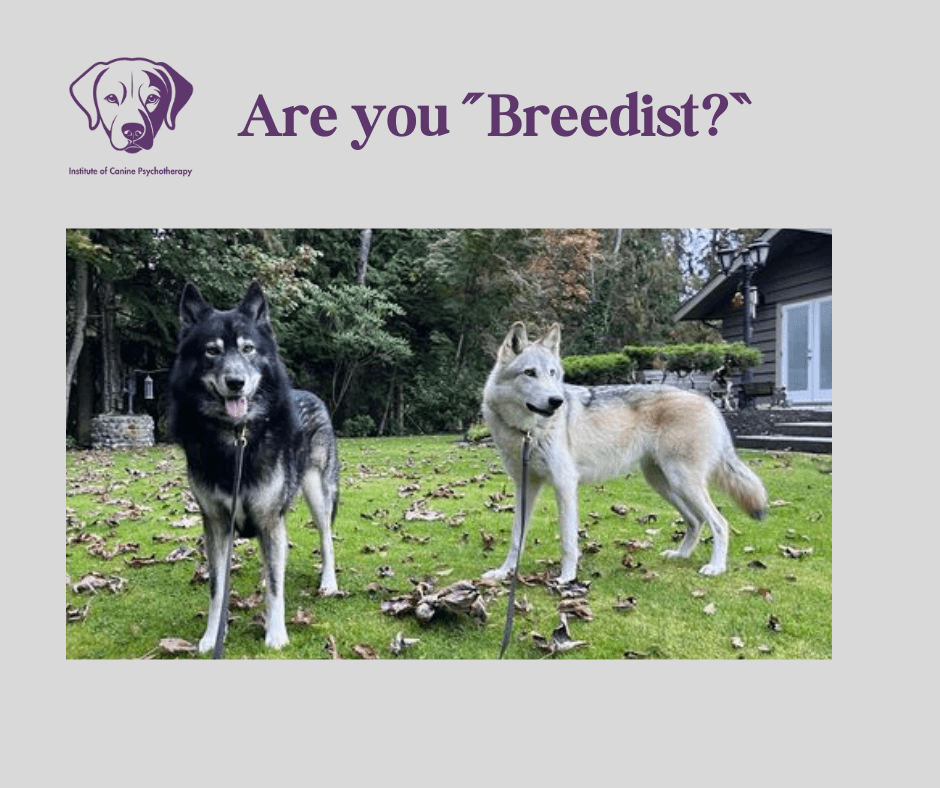Institute of Canine Psychotherapy Blog

“Sentience” - Dogs Have Emotions…and More!
“Sentience” - sounds great! How do we put this into practice?

Spay and Neuter Clinics - How You Can Be Part of the Animal Welfare Solution!
Have you thought about volunteering at spay and neuter clinic, but hesitated because you do not know where to start? That is normal, and, rest assured, most animal lovers who volunteer did not plan for the experience they got - and that is a good thing!

Are Two Dogs Better Than One Dog?
Two Dogs, Three Dogs, Four doggos? Why not? Here are some points to consider.

Take Your Dog to the Beach - in the winter?
Taking your dog to the beach in the winter provides a great opportunity for exercise and bonding. But, it can also come with some challenges!

Senior Dogs: The Hidden Gems
Senior dogs make wonderful pets! So, why do people shy away from adopting them? Most importantly, are these reasons justified?

Self-Care Isn’t Selfish: Why Prioritizing Yourself Is Essential
Pet professionals, animal advocates, and dog shelter and rescue volunteers work under the “one more dog” “one more push” “one more day” umbrella. And this can be exhausting, leading to burn-out and emotional deterioration.
Dog and Human Relations expert, Michael Overlie, changes your mindset to advance your impact. His course provides essential, easy to apply, exercises that put this mindset into action.

Dog Behavior - the psychology behind dog training methods.
To safely, easily, and effectively bring dogs into new environments, address trauma related emotions and behaviors, prevent common behavioral issues, and create a bond that respects autonomy, we need to focus on the underlying cognition and emotions driving behavior, not on the behavior itself.


Dog Breeds - Does the breed of your dog affect personality?
Breed is simply one factor, of many, that creates the entire being of the individual. Common characteristics should not be viewed as "good and positive" or "bad and negative," but rather as factors that can aid in our ability to work with each dog on an individual basis to address behaviors stemming from emotions and cognition.

Dog Lovers Unite! Why is this challenging?
In a recent "chinwag" with a colleague, we discussed common topics surrounding animal welfare, which was pleasant. Then I asked about her upcoming conference on canine behavior and welfare. She became visibly uncomfortable

